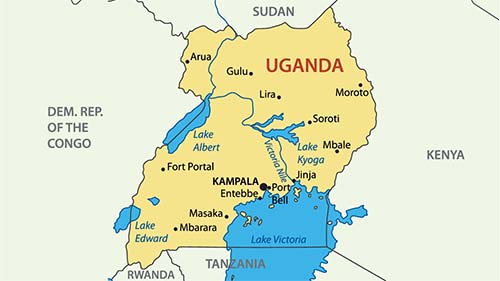Las pruebas de CD4 son una manera eficaz de obtener muestras de sangre
desde las comunidades remotas hasta las diversas ubicaciones de los laboratorio de pruebas de VIH, agilizando el diagnóstico y mejorando el tratamiento.
Dr. Charles Kiyaga, Coordinador nacional de EID/VL y de transporte de muestras en el Ministerio de Salud de Uganda
¿Cuáles son los retos a los que se enfrentan las personas en áreas remotas cuando se trata de las pruebas de VIH/SIDA?
El reto principal es el acceso. Las personas en las áreas remotas pueden llegar a ser muy pobres, por lo que viajar físicamente al punto de servicio puede resultar dificultoso, y también caro, para ellos, aunque el tratamiento en sí sea gratuito en Uganda. Los puntos de servicio también pueden estar congestionados y tener recursos limitados, por lo que podría haber mucho tiempo de espera. Incluso se les puede decir que vuelvan otro día.
¿Puede explicar cómo ha mejorado las cosas la red nacional de transporte de muestras de Uganda?
Se basa en un modelo de "centros" y "radios", donde 100 "centros", grandes instalaciones sanitarias con infraestructura de laboratorio, se conectan a alrededor de 3000 "radios" o instalaciones sanitarias de nivel inferior a través de motoristas. Ellos recogen las muestras de los radios cada día y las llevan a los centros para las pruebas, y realizan la posterior derivación en aquellos casos en que no se puedan probar en el centro. Ha tenido un éxito fenomenal.
¿Qué importancia tienen las estrategias de generación de demanda en esta área?
Vital. Una cosa es establecer un servicio, pero otra muy diferente es que quienes lo necesiten lo utilicen. Por lo tanto, debemos transmitir el mensaje a las personas para que puedan exigir el servicio. También es importante preparar el propio sistema, de modo que esté listo y pueda afrontar la demanda cuando esta crezca.
¿Cómo transmite el mensaje a las personas en áreas remotas?
Todas las instalaciones sanitarias tienen grupos de pacientes que, juntos, crean una red de pacientes. Dar información a las redes de pacientes sobre el servicio a través de su red crea un efecto de tendencia eficaz.
CD4 testing blood samples from rural communities
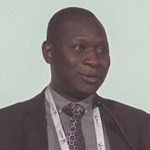
Dr. Charles Kiyaga
National EID/VL and Sample Transport Coordinator at the Ugandan Ministry of Health
What are the challenges faced by people in remote areas when it comes to HIV/AIDS testing?
The main challenge is access. People in remote areas can be very poor, so it can be difficult for them to physically travel to the service point — and expensive, too, although the treatment itself is free in Uganda. The service points can also get overcrowded and have limited resources, so there could be lots of waiting around. They may even be told to come back another day.
Can you explain how Uganda's National Sample Transport Network has improved things?
It's based on a 'hub' and 'spoke' model, where 100 'hubs' — big health facilities with laboratory infrastructure — are connected to around 3000 'spokes', or lower health facilities via bike riders. They pick up samples from the spokes every day and bring them to the hubs for testing, and for further referral for those that cannot be tested at the hub. It has been phenomenally successful.
How important are demand generation strategies in this area?
Vital. It's one thing to set up a service —but it's quite another for it to be used by those who need it. So we have to get the message out to people in order to empower them to demand for the service. It's also important to prepare the system itself, so that it's ready and able to cope when the demand increases.
How do you get the message out to people in remote areas?
All health facilities have patients groups which, together, create a patient network. Giving patients networks information about the service through their network creates an effective trickledown effect.
Fill the form to download Full case study

CD4 Testing in Remote Areas

CD4 testing in remote areas
Follow the links, to learn how Uganda designed an innovative system to ensure that people in remote communities can receive high quality HIV prevention, care and treatment services.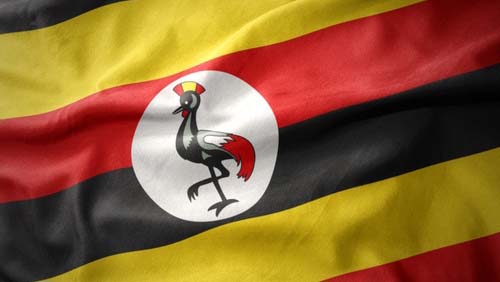
How Uganda is Leaving No One Behind
Around 1,350,000 people are currently living with HIV in Uganda, and there are an estimated 33 new HIV infections per day among young people between the ages of 15 and 24.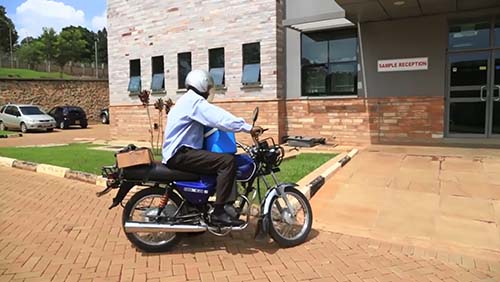
Efficient Sample Collection in Remote Areas
The main challenge faced by people in remote areas when it comes to HIV/AIDS testing is access. People in remote areas can be very poor, so it can be difficult for them to travel to the service point, although the treatment itself is free in Uganda.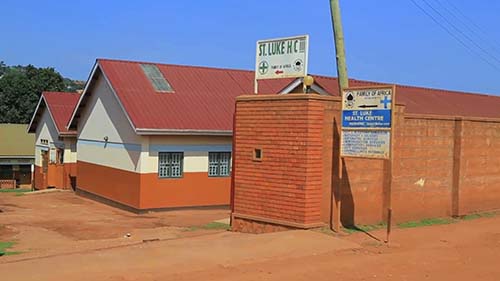
High Quality Testing in Rural Communities
The majority of countries still don’t have the infrastructure, transport or technology to effectively manage the collection, storage and transportation of the blood once the sample has been taken.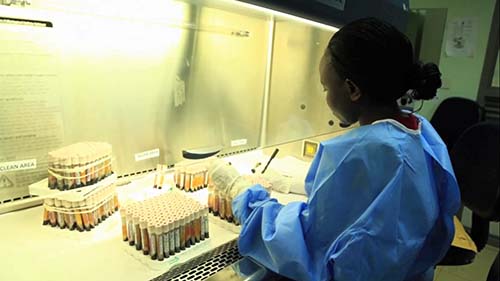
Demonstrating Operational Efficiencies: Part 1
Stimulating efficiency while empowering and mentoring local laboratory professionals in workflow management underpins the remarkable improvement in the routine laboratory service of Uganda’s West Nile Health Region.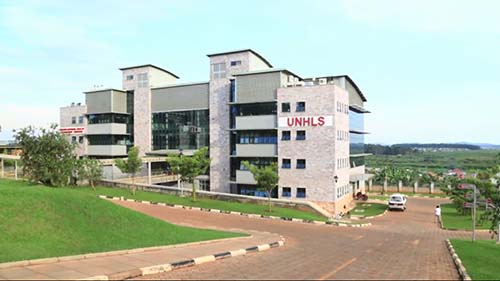
Demonstrating Operational Efficiencies: Part 2
Uganda’s Central Public Health Laboratories (CPHL) recognized that its regional laboratory service was suffering from a number of challenges that were affecting service delivery and patient outcomes.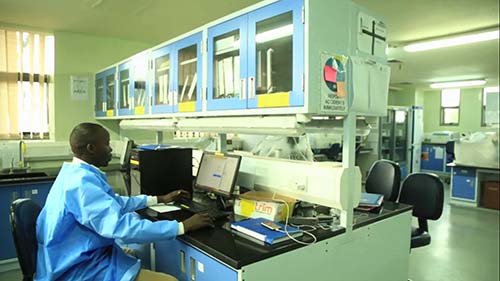
Demonstrating Operational Efficiencies: Part 3
The initial assessment found that supplies would be delayed, with frequent stock outs, due to poor communication because there was no clear chain of command for coordinating this activity.